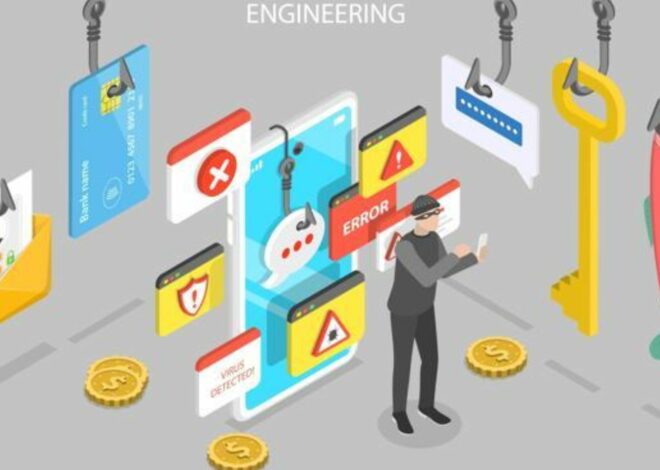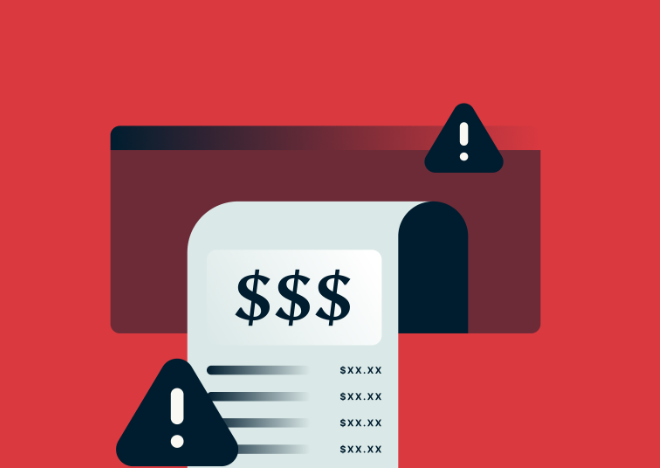
Ransomware and Cyber Extortion: Response and Prevention
Welcome to our latest blog post on the ever-growing threat of ransomware and cyber extortion. In today’s digital age, it’s become increasingly important for individuals and businesses alike to be aware of these insidious attacks that can leave you feeling helpless and vulnerable. From healthcare facilities to small startups, no one is immune from the damage that ransomware can cause. But fear not! We’re here with a comprehensive overview on how to respond and prevent becoming another victim of this malicious software. So grab your coffee, pull up a chair, and let’s dive into the world of ransomware protection together!
Table of Contents
What is ransomware and how does it work?
What are the consequences of ransomware attacks?
Who is at risk for ransomware attacks?
How can businesses prevent ransomware attacks?
How can businesses respond to ransomware attacks?
Conclusion
What is ransomware and how does it work?
Ransomware is a type of malware that encrypts a victim’s files and then demands a ransom to decrypt them. Ransomware attacks are usually carried out using a phishing email that contains a malicious attachment or link. When the victim opens the attachment or clicks on the link, their computer becomes infected with the ransomware.
Once the ransomware is on the victim’s computer, it will start to encrypt their files. The encryption process is very quick and can encrypt all of the victim’s files in just a few minutes. Once the files are encrypted, the ransomware will display a message on the screen demanding a ransom be paid in order to decrypt the files. The ransom amount can vary depending on the type of ransomware, but is typically between $100 and $500.
The victim has two options at this point: pay the ransom or try to remove the ransomware without paying. If the victim decides to pay, they will need to use an anonymous payment method such as Bitcoin in order to make sure their identity remains hidden. Once the ransom is paid, the attacker will provide them with a decryption key that can be used to decrypt their files.
However, there is no guarantee that paying the ransom will actually result in getting your files back. In some cases, victims have paid only to find out that their files could not be decrypted. Additionally, even if you do get your files back, there is no guarantee that they have not been corrupted or modified in some way. Therefore, it is often advised to not pay the ransom and instead try to remove the ransomware without paying.
What are the consequences of ransomware attacks?
Cyber extortion, also known as ransomware, is a type of malware that encrypts a victim’s files and holds them hostage until a ransom is paid. Ransomware attacks can have serious consequences for businesses and individuals.
Ransomware attacks can result in the loss of important data, financial losses, and damage to reputation. In some cases, victims have even been forced to pay the ransom to regain access to their files. Ransomware is a growing threat, and it is important for businesses and individuals to be aware of the risks and take steps to protect themselves.
There are several things businesses and individuals can do to protect themselves from ransomware attacks, including backing up data regularly, keeping security software up-to-date, and being cautious about clicking on links or attachments in emails.
Who is at risk for ransomware attacks?
There is no one specific type of person or organization that is more at risk for ransomware attacks than any other. In general, anyone who uses the internet or stores sensitive data electronically can be a target. This includes individuals, businesses, government agencies, and non-profit organizations. There are certain factors that can make someone more likely to be targeted, such as using outdated software or not having adequate security measures in place. However, even if you take all the necessary precautions, there is always a chance that you could be attacked.
How can businesses prevent ransomware attacks?
There are a number of steps businesses can take to prevent ransomware attacks, including:
Educating employees about the risks of clicking on links or opening attachments from unknown sources
Implementing strict security policies and procedures, including access control measures and regular backups
Deploying reliable anti-malware and anti-virus solutions
Restricting access to critical systems and data to authorized users only
Monitoring networks for unusual activity
How can businesses respond to ransomware attacks?
There are a number of steps that businesses can take to respond to ransomware attacks:
Immediately isolate the affected system: Once it has been identified that a system has been infected with ransomware, it is important to isolate that system from the rest of the network to prevent the spread of the infection.
Do not pay the ransom: Although it may be tempting to simply pay the ransom and hope that the attackers will provide you with a decryption key, there is no guarantee that they will actually do so. In addition, paying the ransom only serves to encourage these types of attacks.
Restore from backups: If you have recent backups of your data, this is the best way to recover from a ransomware attack. Be sure to test your backups regularly to ensure that they are working properly.
Contact law enforcement: If you have been a victim of ransomware, it is important to contact law enforcement so that they can investigate and try to track down the attackers.
Conclusion
In conclusion, ransomware and cyber extortion are a growing threat to businesses of all sizes. It is important for organizations to have an effective response plan in place should they become victims of ransomware or other forms of cyber extortion. Additionally, organizations should take proactive measures such as implementing secure networks and training employees on proper security protocols to prevent attacks from occurring in the first place. By taking these steps, businesses will be better prepared to handle any potential threats that may arise.


